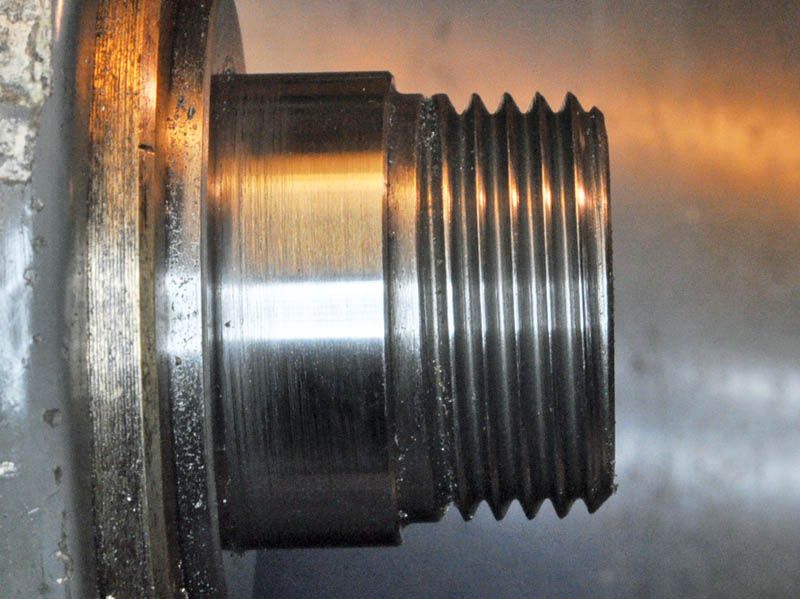Myford Mandrel thread.
Myford Mandrel thread.
- This topic has 55 replies, 17 voices, and was last updated 8 August 2017 at 18:05 by
Brian Wood.
- Please log in to reply to this topic. Registering is free and easy using the links on the menu at the top of this page.
Latest Replies
Viewing 25 topics - 1 through 25 (of 25 total)
-
- Topic
- Voices
- Last Post
-
- Model Turbines 1 2 … 24 25
- 28
- 23 May 2025 at 21:33
Viewing 25 topics - 1 through 25 (of 25 total)
Latest Issue
Newsletter Sign-up
Latest Replies
- Drilling O1 for small parts
- Boxford Cud or ML7
- Stuart Twin Victoria (Princess Royal) Mill Engine
- ‘STIFF’ Compound Slide
- Drunk driver broke my workshop!
- theramino software for spectrometer … Advice please
- boiler mounting
- Which to buy; Warco GH Universal vs Weiss VM32H Mill
- Model Turbines
- Is a tool & cutter grinder worth having?





 You have answered my next question, power ream or by hand, and given me enough other info to feel confident in doing this job. Reamer was ordered from RDG this afternoon and recently I bought some blue for just this purpose
You have answered my next question, power ream or by hand, and given me enough other info to feel confident in doing this job. Reamer was ordered from RDG this afternoon and recently I bought some blue for just this purpose 


